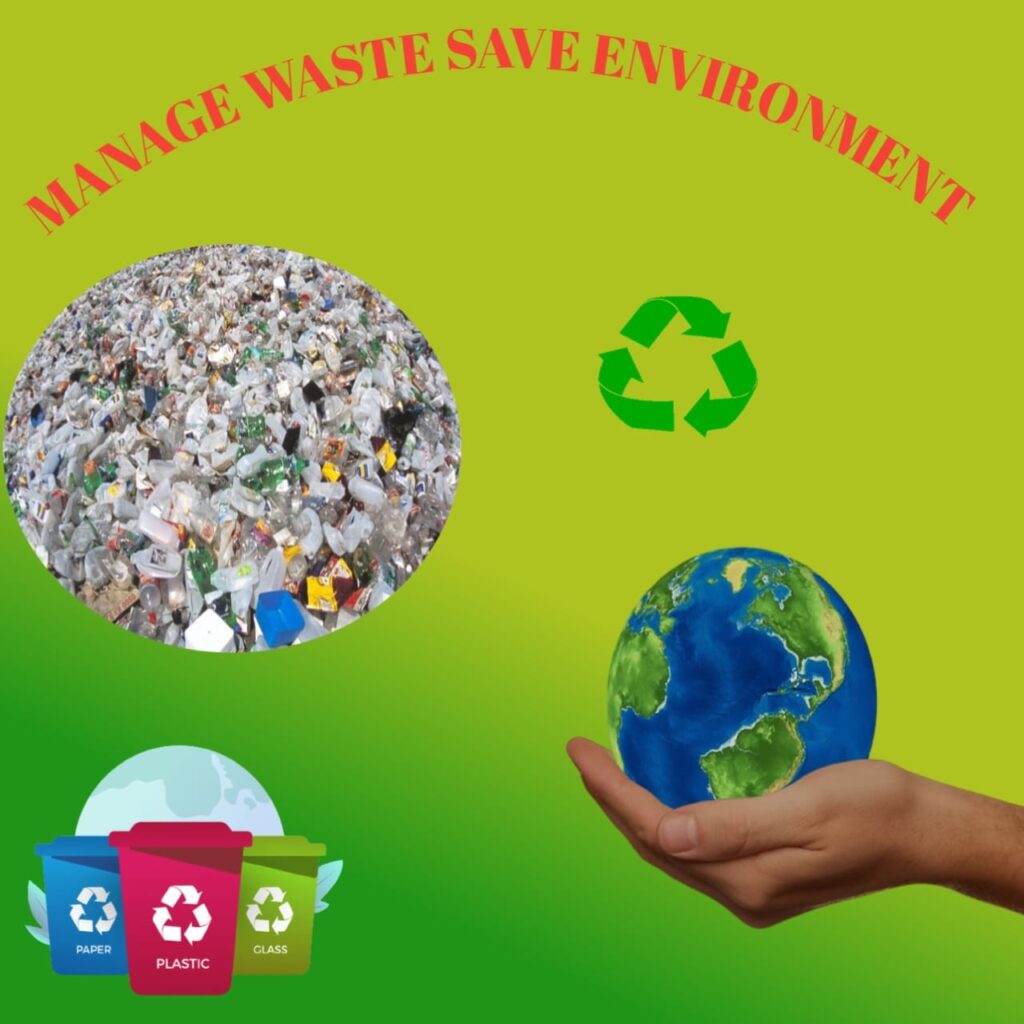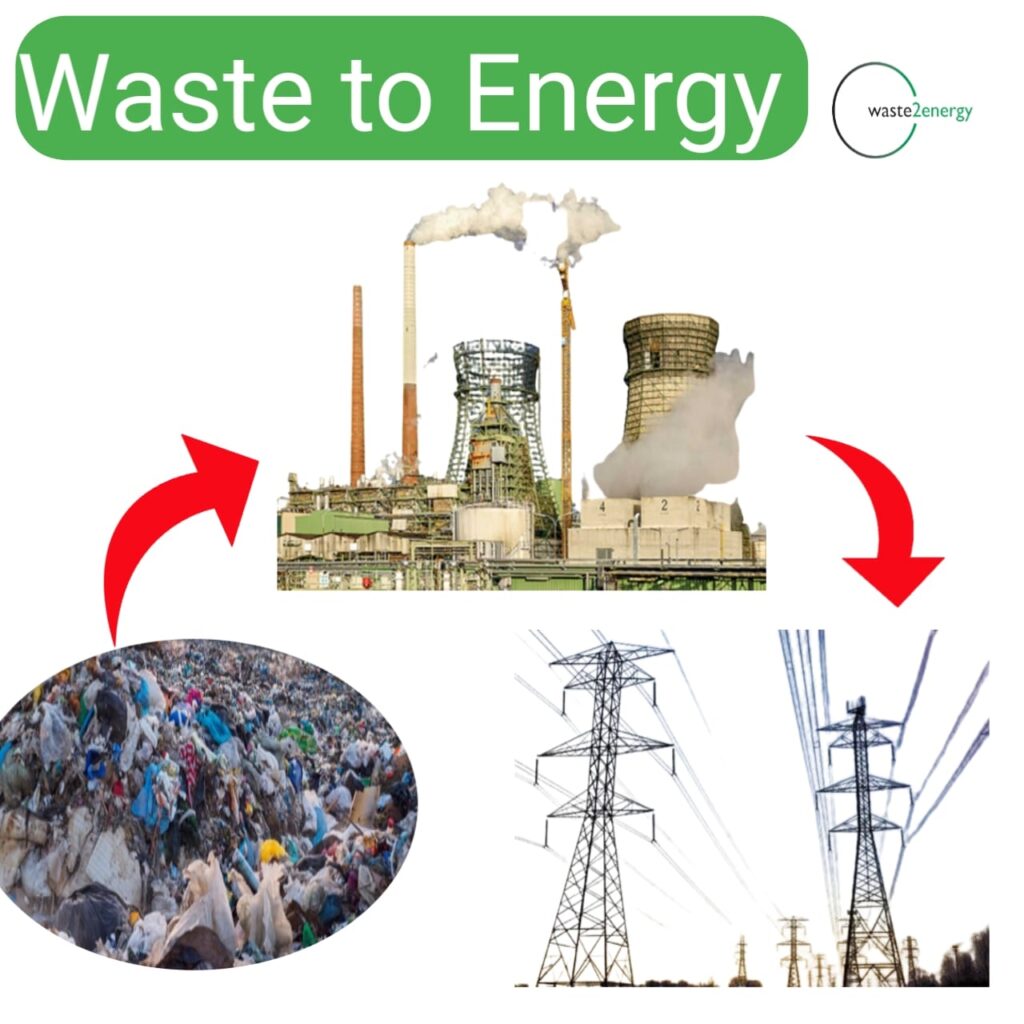Decoding Recycling Symbols (information and tricks)

Recycling plays a vital role in reducing waste and conserving resources, and it’s a practice that’s become increasingly important in our environmentally conscious world. To make recycling more accessible, standardized recycling symbols have been introduced to help consumers identify recyclable materials and make informed choices. In this comprehensive guide, we’ll explore the most common recycling symbols and what they mean, empowering you to contribute to a greener future. Understanding Recycling Symbols Recycling symbols, often found on product packaging and containers, serve as a universal language that communicates the recyclability of materials.
These decoding recycling symbols help consumers, recycling facilities, and manufacturers work together to reduce waste and promote sustainable practices. Here are some of the most prevalent recycling symbols and their meanings:
Read more…..How to make Compost at home?-Composting methods.
The Recycling Arrows Symbol (♻)
The universally recognized decoding recycling symbol, often referred to as the recycling arrows or Möbius loop, consists of three arrows chasing each other in a triangular pattern. This symbol indicates that a product or packaging is recyclable. However, the presence of this symbol does not necessarily mean that the item is accepted by all recycling programs.
The Numbered Resin Codes The numbered resin codes, known as the Resin Identification Code or RIC, range from 1 to 7 and are usually enclosed within the recycling arrows. These codes specify the type of plastic used in the product. Here’s a breakdown of what each code represents
1 (PETE): Polyethylene Terephthalate (e.g., soda bottles)
2 (HDPE): High-Density Polyethylene (e.g., milk jugs)
3 (PVC): Polyvinyl Chloride (e.g., pipes, not commonly recycled)
4 (LDPE): Low-Density Polyethylene (e.g., plastic bags)
5 (PP): Polypropylene (e.g., yogurt containers)
6 (PS): Polystyrene (e.g., Styrofoam, not commonly recycled)
7 (Other): Miscellaneous Plastics (various types, not widely accepted)Knowing these resin codes can help you sort plastics correctly for recycling.
The Green Dot Symbol (🟢)
The Green Dot symbol, common in Europe, signifies that the manufacturer has financially contributed to the recycling and recovery of packaging materials. It does not necessarily indicate that the product is recyclable or made from recycled materials. Its purpose is to shift the responsibility for recycling onto producers.
The Compostable Symbol (🌱)
This symbol, featuring a sprout, indicates that the item is compostable in an industrial composting facility. It should not be confused with regular recycling. Compostable products break down into organic matter, leaving no harmful residue. Always check with your local composting facility for specific guidelines.
The Glass Recycling Symbol
Glass containers often carry a recycling symbol specific to glass recycling. It typically features a glass container with arrows around it. This symbol signifies that the glass can be recycled into new glass products. It’s crucial to separate glass from other recyclables to prevent contamination.
Interpreting Recycling Symbols
Understanding these symbols is just the first step. To make meaningful recycling choices, you need to know what actions to take based on the symbols you encounter
Recycling Arrows Symbol (♻)
When you see the recycling arrows, it means the item is potentially recyclable. However, recyclability depends on your local recycling program’s guidelines. Check with your local recycling facility to confirm if they accept the specific material and how it should be prepared for recycling. Numbered Resin Codes Resin codes inform you about the type of plastic used in an item. Knowing these codes helps you sort your recyclables appropriately. Some recycling programs only accept specific resin types, so understanding these codes ensures you don’t inadvertently contaminate your recycling bin.
Green Dot Symbol (🟢)
The Green Dot symbol represents producer responsibility for packaging recycling. It signifies that the manufacturer has contributed to recycling efforts. While it doesn’t dictate recycling, it encourages producers to use sustainable packaging materials.
Compostable Symbol (🌱)
Items featuring the compostable symbol are suitable for industrial composting facilities. To support composting efforts, dispose of these items in designated compost bins. Avoid placing them in regular recycling or landfill bins.
Glass Recycling Symbol
When you see the glass recycling symbol on glass containers, it means they can be recycled into new glass products. Separate glass from other recyclables, and ensure containers are clean to prevent contamination. Challenges and Clarifications Recycling symbols provide valuable guidance, but challenges and misconceptions still exist :Local Variations Recycling guidelines vary from one region to another. What’s recyclable in one area may not be accepted in another. Always check with your local recycling program for specific instructions. Contamination Contamination occurs when non-recyclable items are mixed with recyclables. It’s crucial to follow local guidelines to avoid contaminating recycling streams.
Biodegradable Plastics Not all biodegradable plastics are suitable for regular recycling. Some can contaminate recycling streams. Dispose of biodegradable plastics according to local guidelines.
Conclusion:
Decoding Recycling symbols serve as valuable tools for consumers aiming to make environmentally conscious choices. By understanding these symbols and following local recycling guidelines, you can contribute to reducing waste, conserving resources, and promoting a sustainable future. Remember, recycling is a collective effort, and your actions make a meaningful difference in our global recycling journey. So, the next time you encounter a recycling symbol, let it guide you towards a greener, more sustainable world.



